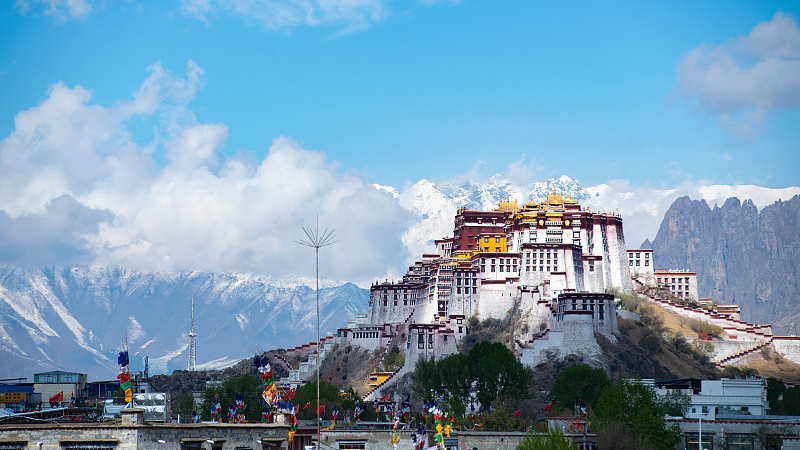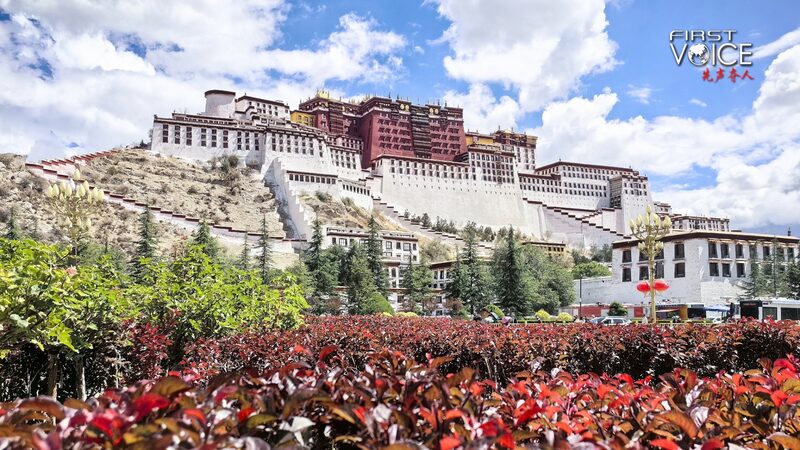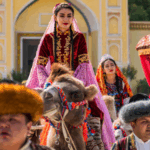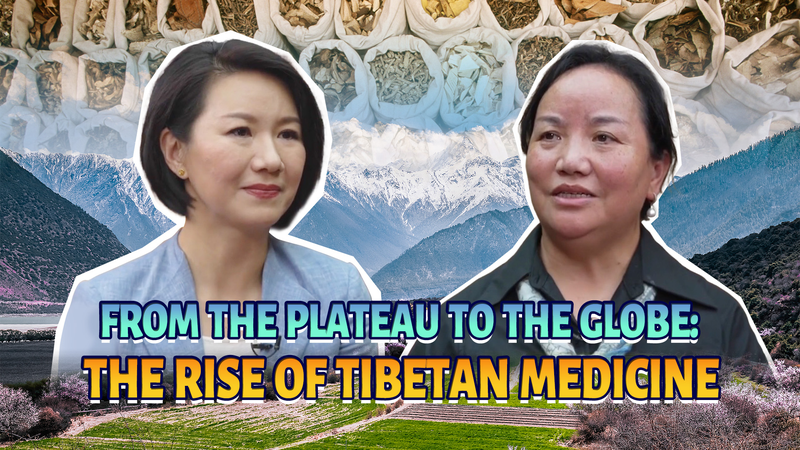Nestled high on the Tibetan Plateau, the Xizang Autonomous Region has rewritten its destiny through decades of targeted development. Once defined by feudal oppression, the region now stands as a case study in socioeconomic revitalization under China's regional autonomy framework.
A Break from the Past
Before 1959, 95% of Xizang's population lived as serfs under a rigid theocratic system. The establishment of regional autonomy transformed this dynamic, granting residents political representation and economic agency. Today, ethnic minorities hold 89.2% of local congressional seats and 57.17% of township leadership roles, with voter participation exceeding 90%.
Economic Rebirth
Xizang's GDP skyrocketed from 174 million yuan ($24.3M) in 1959 to 276 billion yuan ($38.5B) in 2024. Per capita income reached 31,000 yuan ($4,300), while poverty rates dropped from 60% to zero between 2015-2019. Average life expectancy more than doubled to 72.5 years – surpassing many developing nations.
Social Foundations Strengthened
Education and healthcare reforms underpin the transformation. School completion rates jumped from 2% to 98%, with higher education enrollment at 57%. Medical insurance now covers up to 90% of treatment costs for major conditions. "My heart surgery cost barely 10% of what I expected," said Qu Dian, 72, a Lhasa resident.
Global Connections
Xizang now trades with 140 countries and regions, while tourism brought 64 million visitors in 2024. Traditional products like cordyceps fungi and yak wool reach international markets, blending cultural heritage with modern commerce.
This evolution reflects China's approach to regional development – combining infrastructure investment with cultural preservation. As Xizang continues integrating traditional values with contemporary progress, its story offers insights into Asia's broader development narrative.
Reference(s):
CGTN: Xizang's development is a story of transformation and renewal
cgtn.com








